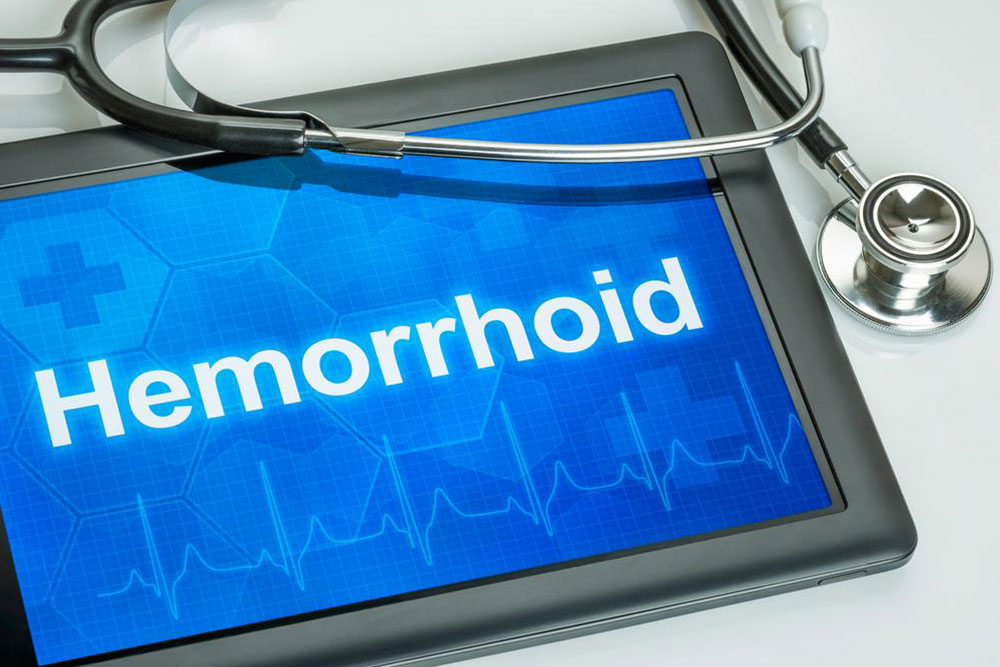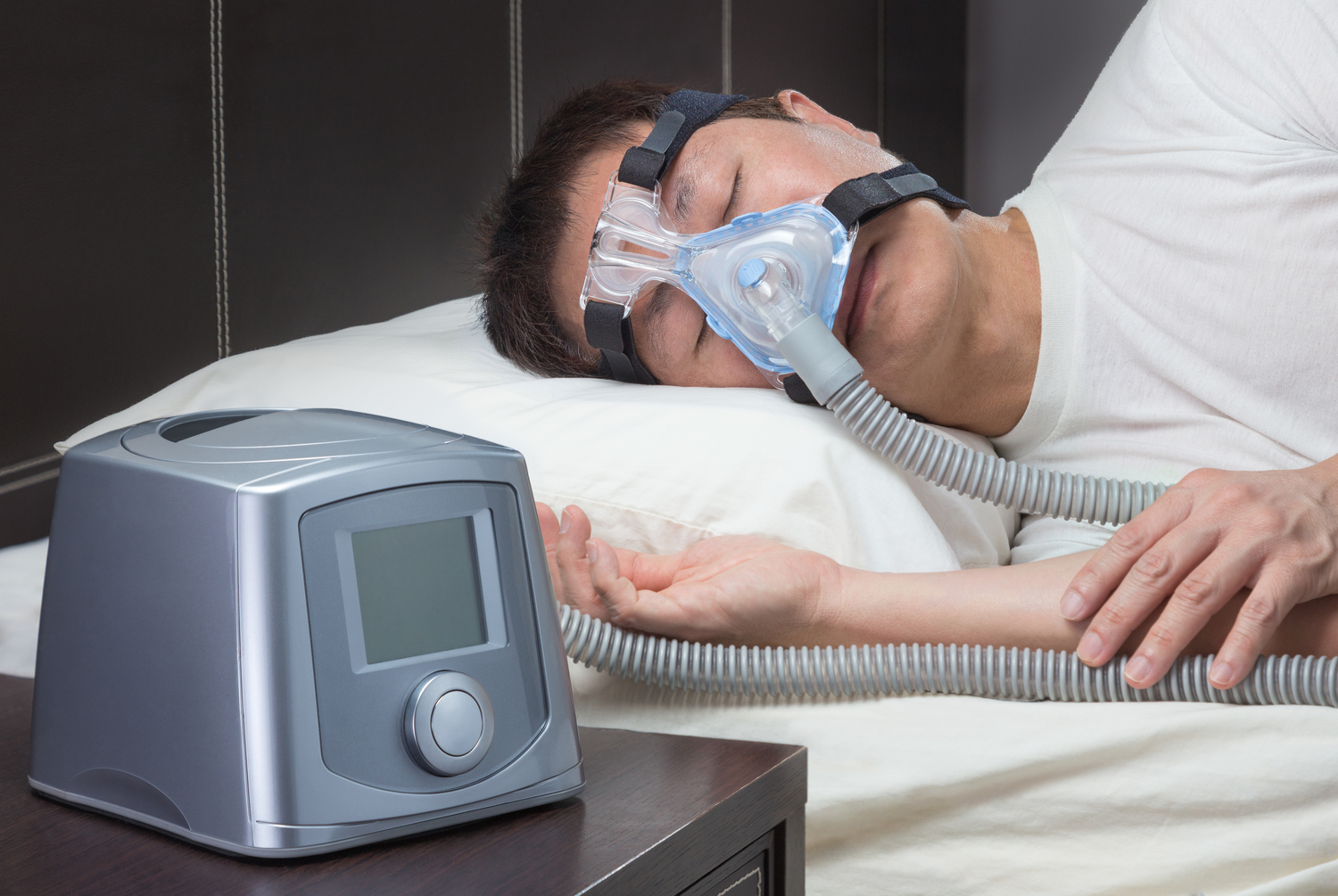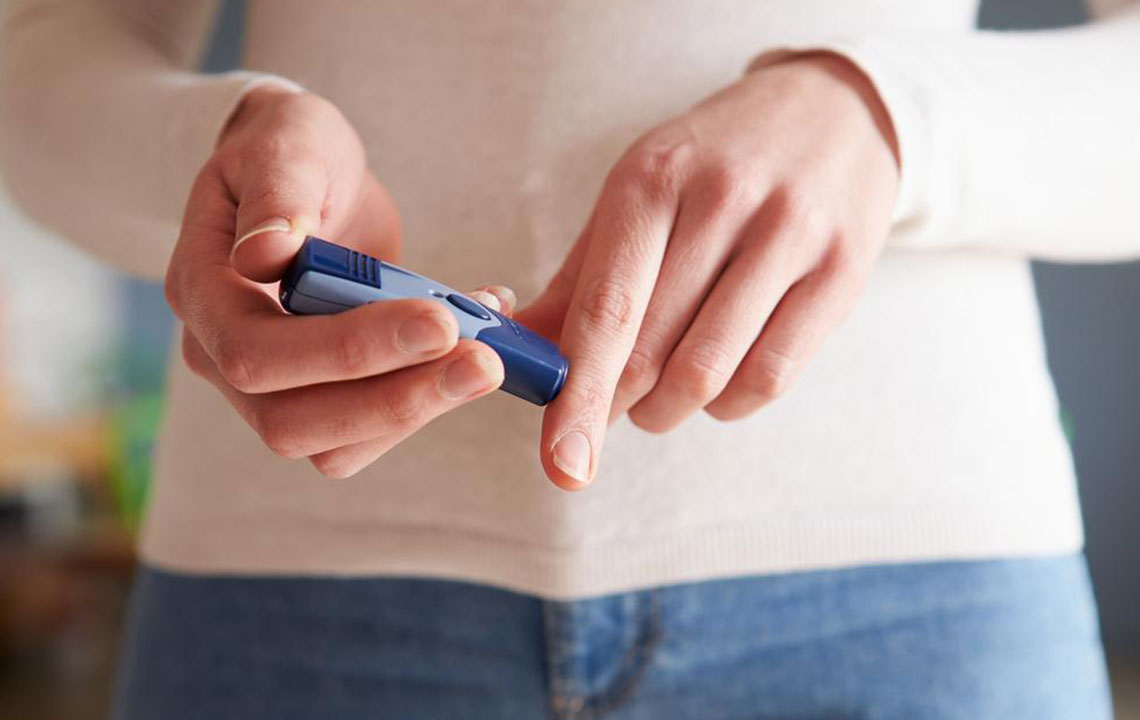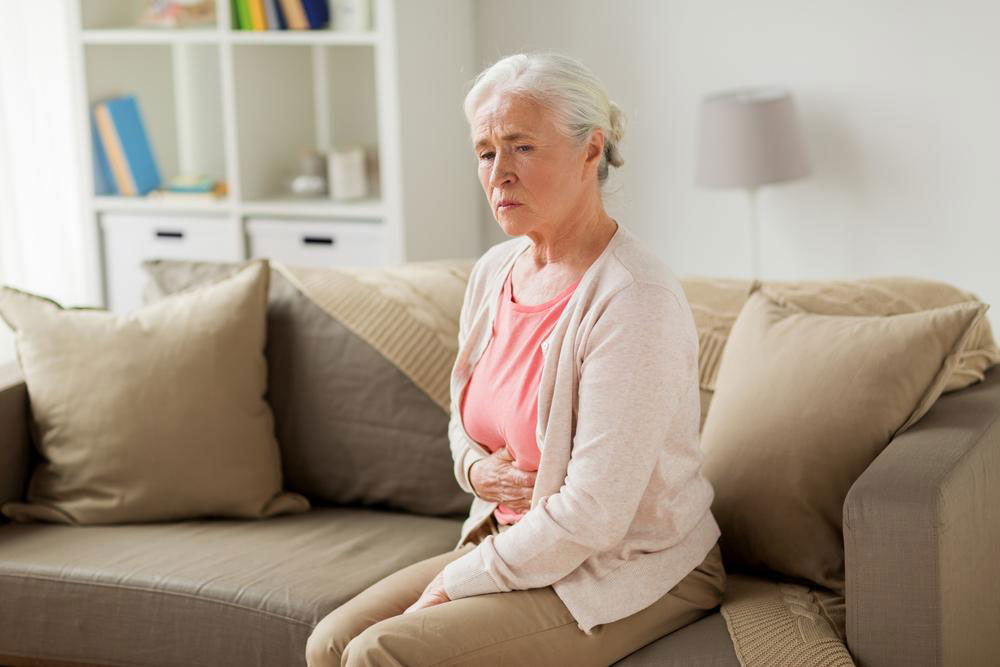Comprehensive Guide to Hemorrhoids: Causes, Prevention, and Management Strategies
This comprehensive article explores the various causes of hemorrhoids, including aging, pregnancy, diet, and lifestyle factors. It emphasizes the importance of preventive measures such as dietary adjustments, regular exercise, and hydration. The article offers practical tips for reducing the risk and managing symptoms, aiming to improve understanding and promote healthier habits for those prone to or suffering from hemorrhoids.
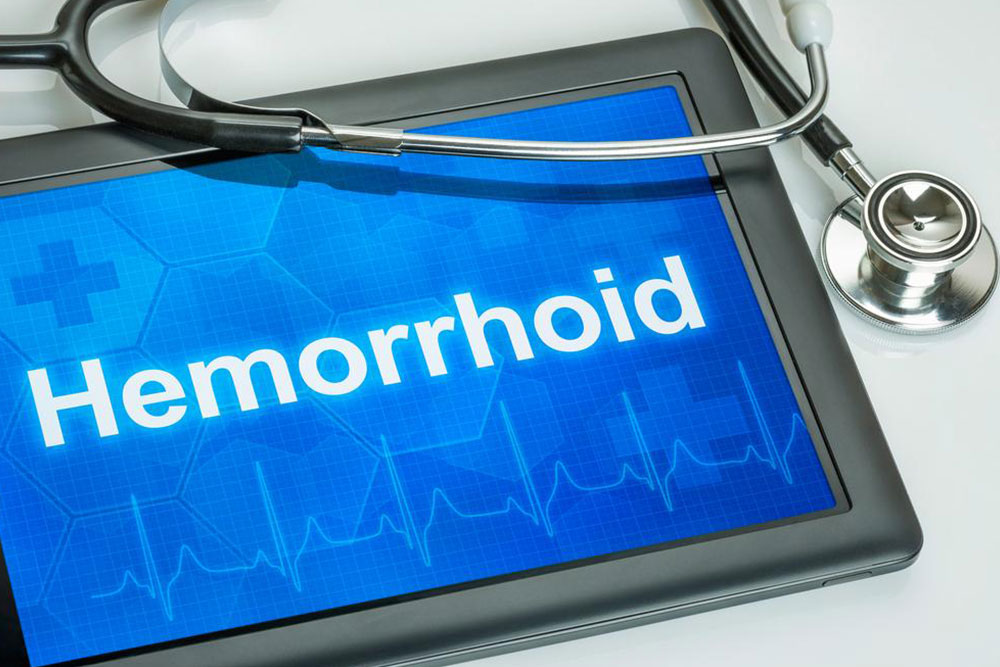
Comprehensive Guide to Hemorrhoids: Causes, Prevention, and Management Strategies
Hemorrhoids, commonly referred to as piles, are swollen veins located in the lower part of the rectum and around the anus. They represent a prevalent health condition, affecting approximately 20% of adults at some stage in their lives. While not all hemorrhoids require medical intervention, they can cause significant discomfort, itching, irritation, and bleeding, impacting daily activities and quality of life. Understanding the underlying causes of hemorrhoids and adopting effective prevention strategies are crucial steps in managing this condition effectively.
Hemorrhoids develop due to increased pressure on the veins in the anal and rectal areas, which causes the veins to enlarge and swell. Factors such as age, pregnancy, lifestyle choices, and dietary habits significantly influence their development. In this comprehensive guide, we delve into the detailed causes of hemorrhoids and provide practical tips for prevention and symptom relief.
Understanding the Underlying Causes of Hemorrhoids
Hemorrhoids form when veins in the anal canal become diseased, inflamed, or swollen. Several interconnected factors contribute to their formation, often working synergistically. Recognizing these causes helps in adopting targeted prevention strategies and recognizing symptoms early.
Aging and Tissue Weakening
As we age, tissue supporting the veins in the rectal and anal area tends to weaken. This weakening increases the likelihood of vein engorgement and swelling, especially in individuals between ages 45 and 65. Despite this, hemorrhoids are not exclusive to older adults. Younger populations, including teenagers and children, can also encounter this problem, particularly if other risk factors are present.
Pregnancy-Related Factors
During pregnancy, especially in the third trimester, the enlarging uterus exerts additional pressure on the pelvic and rectal veins. This external pressure obstructs normal blood flow, leading to swelling and inflammation of the veins—commonly resulting in hemorrhoids. Hormonal changes during pregnancy also cause the tissues to relax, further increasing vulnerability.
Chronic Constipation and Straining
Persistent constipation or episodes of diarrhea can significantly increase the risk of hemorrhoids. Constipation often leads to straining during bowel movements, which exerts excessive pressure on the veins in the anal region. Over time, repetitive straining causes the veins to stretch, swell, and become inflamed.
Prolonged Sitting and Inactivity
Sitting for extended periods, especially on the toilet, contributes to increased pressure in the anal veins. Sitting reduces blood flow in the rectal area, resulting in venous pooling and swelling. People with sedentary lifestyles are at higher risk, emphasizing the importance of regular movement and avoiding prolonged sitting.
Overweight and Obesity
Excess body weight , particularly around the abdomen, places extra pressure on the pelvic region. This pressure affects the veins in the rectal and anal area, increasing the likelihood of developing hemorrhoids. Maintaining a healthy weight through diet and exercise significantly lowers this risk.
Poor Dietary Habits
A diet low in fiber leads to the formation of hard stools and difficulty in bowel movements, forcing individuals to strain more during defecation. Insufficient fiber intake also causes stool to move more slowly through the colon, increasing water absorption and resulting in harder stools. Incorporating more fiber-rich foods like whole grains, fruits, vegetables, and nuts can improve stool consistency and reduce the strain on veins.
Other Contributing Factors
Repeatedly lifting heavy objects, chronic cough, and certain genetic predispositions also contribute to hemorrhoid development. Family history of vein weakness or previous episodes of hemorrhoids can increase individual susceptibility.
**Prevention and Lifestyle Tips:**
Adopt a high-fiber diet to promote regular and soft bowel movements.
Stay well-hydrated by drinking plenty of water throughout the day.
Exercise regularly to improve blood circulation and reduce pressure in the pelvic area.
Avoid prolonged sitting or standing in one position.
Respond promptly to the urge to defecate; do not delay bowel movements.
Maintain a healthy weight to lessen pressure on rectal veins.
By understanding these causes and modifying lifestyle habits accordingly, individuals can significantly reduce their risk of developing hemorrhoids. While treatments such as topical medications, sitz baths, and minimally invasive procedures are available for symptomatic relief, prevention remains the most effective approach for long-term management.


